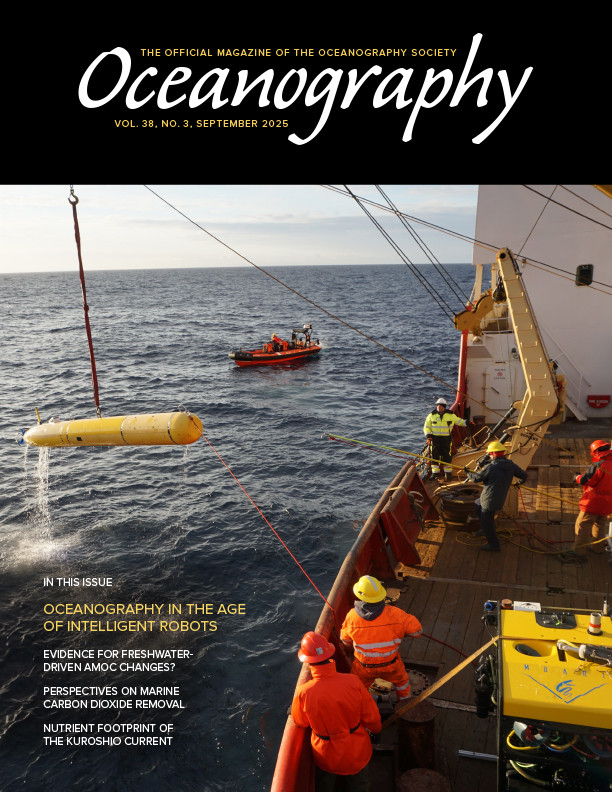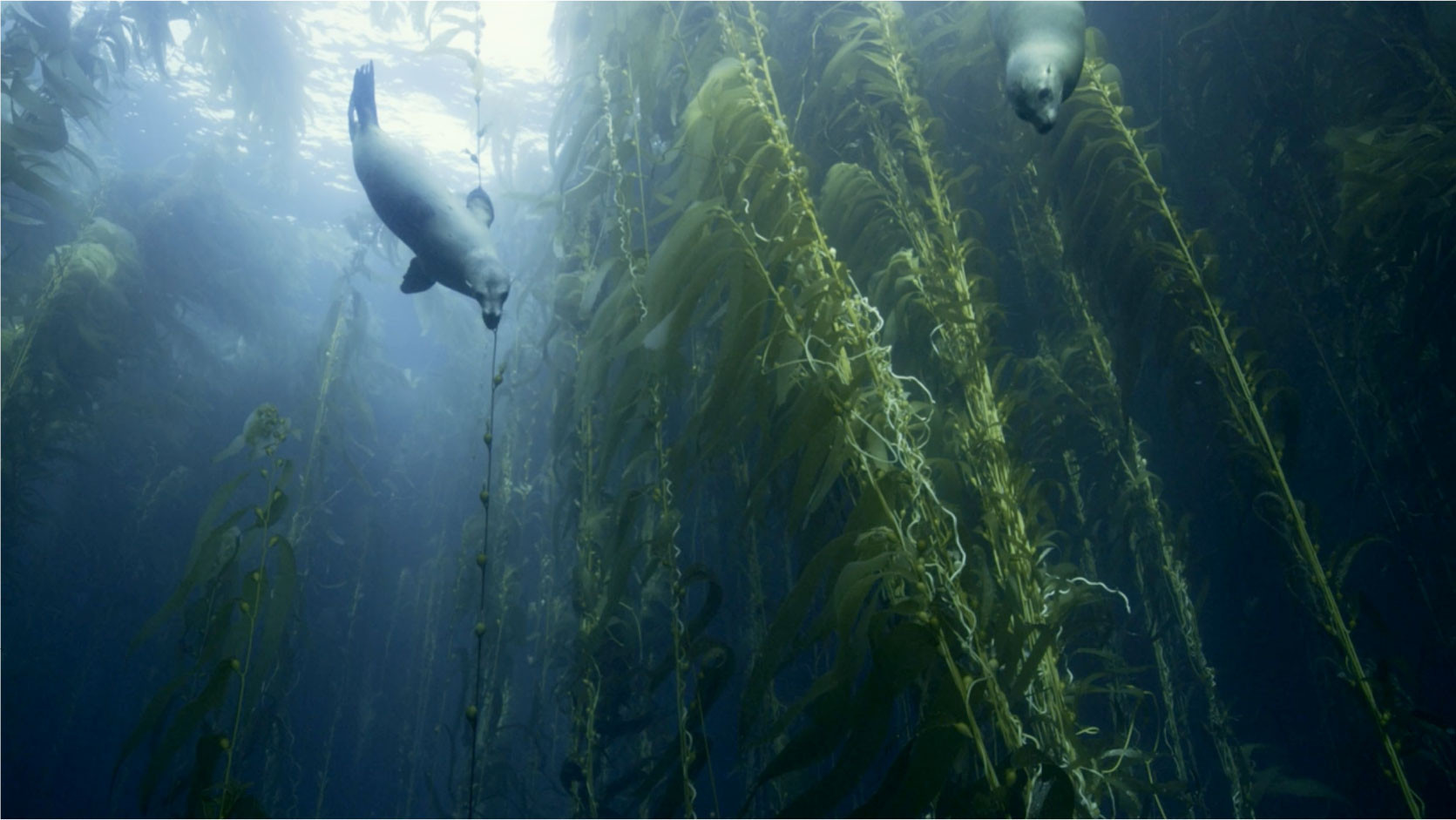Full Text
In my fall 2023 Quarterdeck column, I introduced the digital flipbook version of Oceanography to our readers. These web-based publications make it possible to page through entire issues rather than click on individual articles from our table of contents pages. Importantly, for the flipbook versions of articles, authors can embed videos, animations, audio files, and photo galleries, enhancing the reader experience. I highlight these flipbooks again because the slow adoption of these multimedia assets by authors, which can enhance articles’ appeal and reach to a broader audience, has been surprising. Wouldn’t it be more interesting and informative to display clips of simulations in the flipbook version of your article rather than the same series of static images that appear in the article PDF? An animation of time series in addition to the stack of static plots? An animation of a tsunami flooding forecast that shows a progression through time much better than a series of screenshots? An interesting critter moving about or a video of data integration rather than the only the frame grabs? Or even a video or a gallery of photos of fieldwork taken by people on board the research vessel using their smartphones? We have already experimented with using a video for an issue cover (see the flipbook version of the June 2025 issue) while the static PDF cover was a merge of screenshots of a black smoker.
|
|
We at Oceanography do the work for you. When you submit your article through our Scholastica portal you can upload additional media assets along with your manuscript and static figures. If the video/audio files are too large to upload through Scholastica, please provide a way for us to access them. Note that all additional assets must be directly associated with a figure in the article—we will embed the media within the figure when developing the flipbook version of your article.
We have updated our Author Guidelines since I last wrote about our flipbooks. The following are the most current parameters regarding file type and size. Before submitting your media assets, please double-check the Author Guidelines to confirm there have been no further updates.
VIDEOS
• We recommend that videos not exceed a few minutes in length
• Videos must be in mp4 format and no larger than 100 MB
ANIMATED GIFS
• GIFS must be no larger than 5 MB
AUDIO
• Audio files must be in mp3 format and no larger than 100 MB
PHOTO GALLERIES
• Photos for a photo gallery must be in jpg or png format and no larger than 5 MB per photo
• For best results, all photos should have the same dimensions
I look forward to sharing with readers even more media-enhanced Oceanography articles in the future. I hope you will share these articles broadly as well.
– Ellen S. Kappel, Editor


